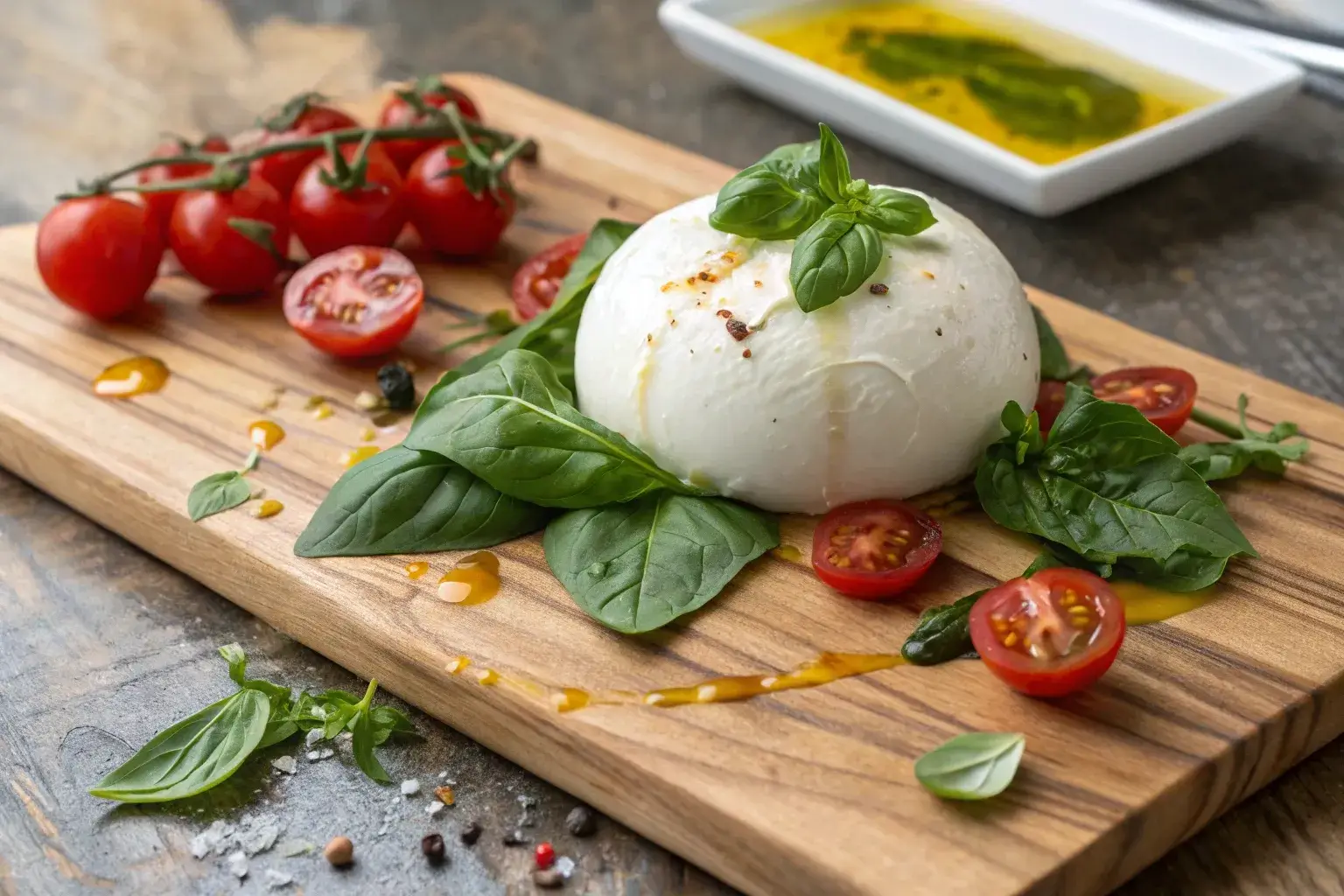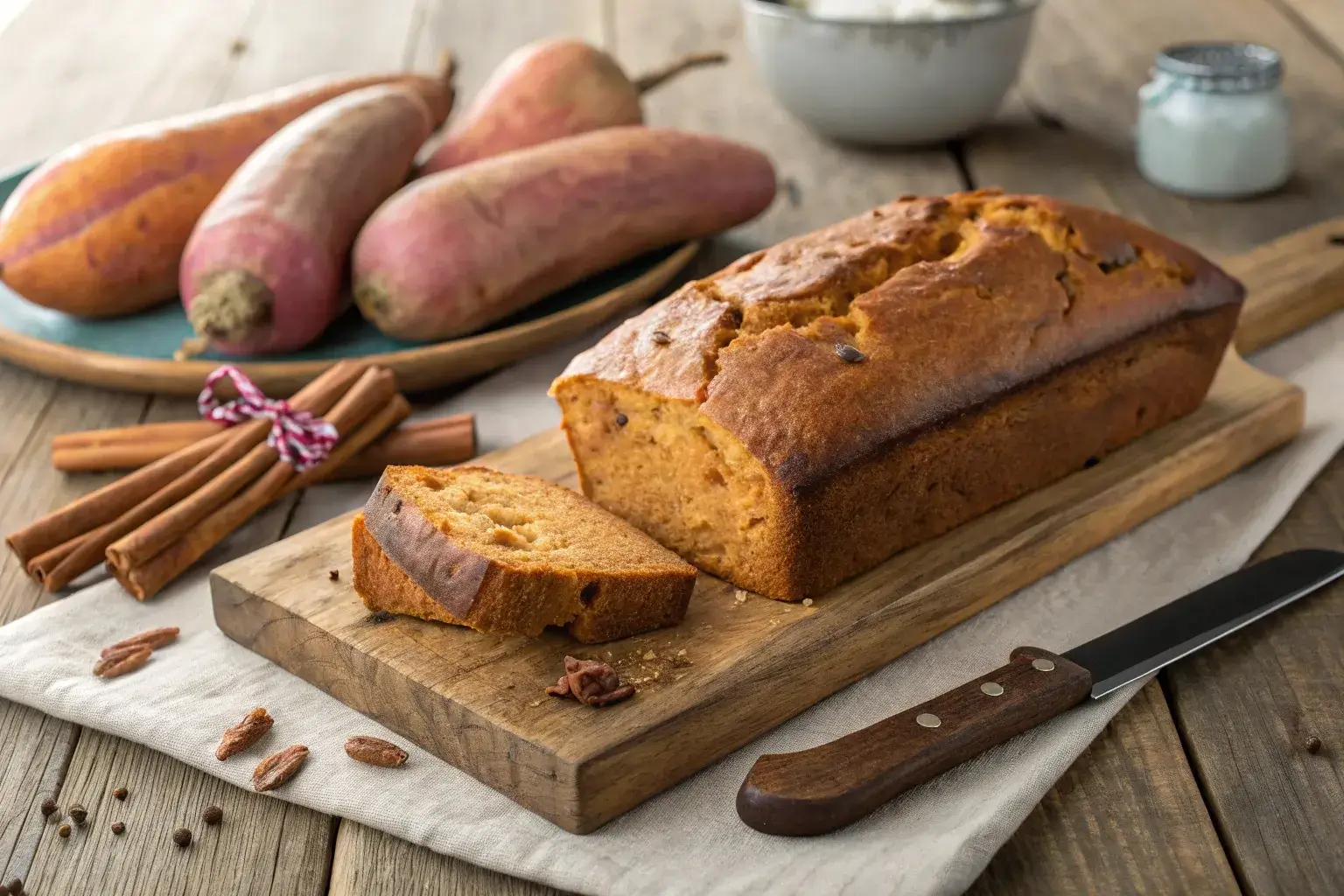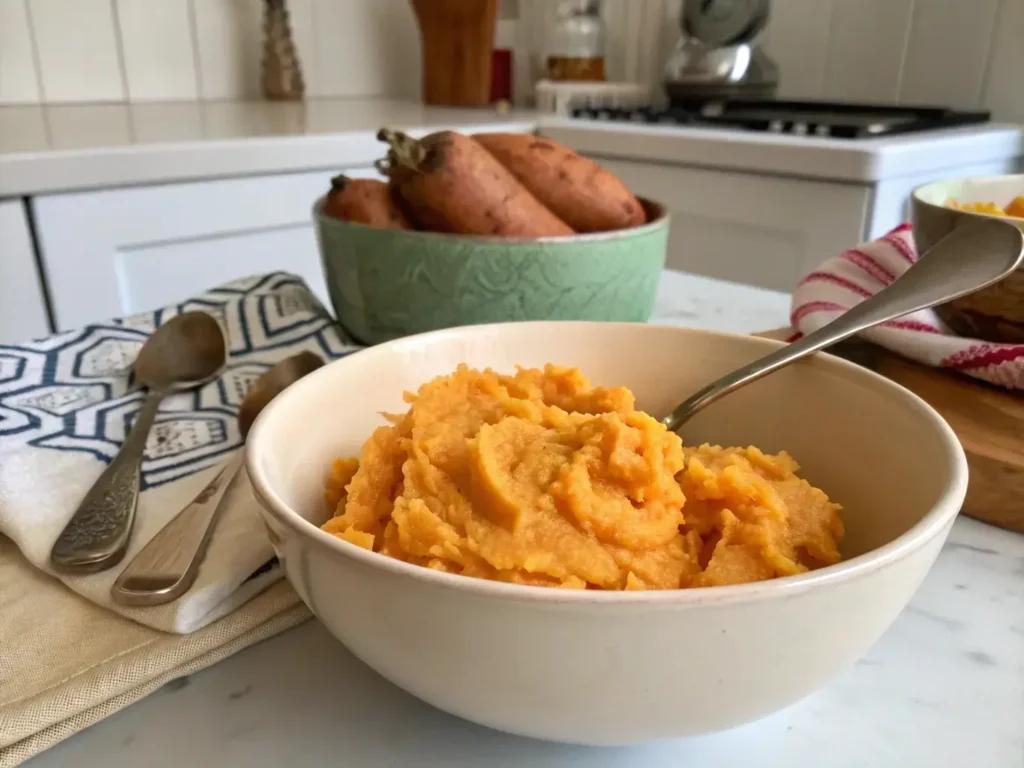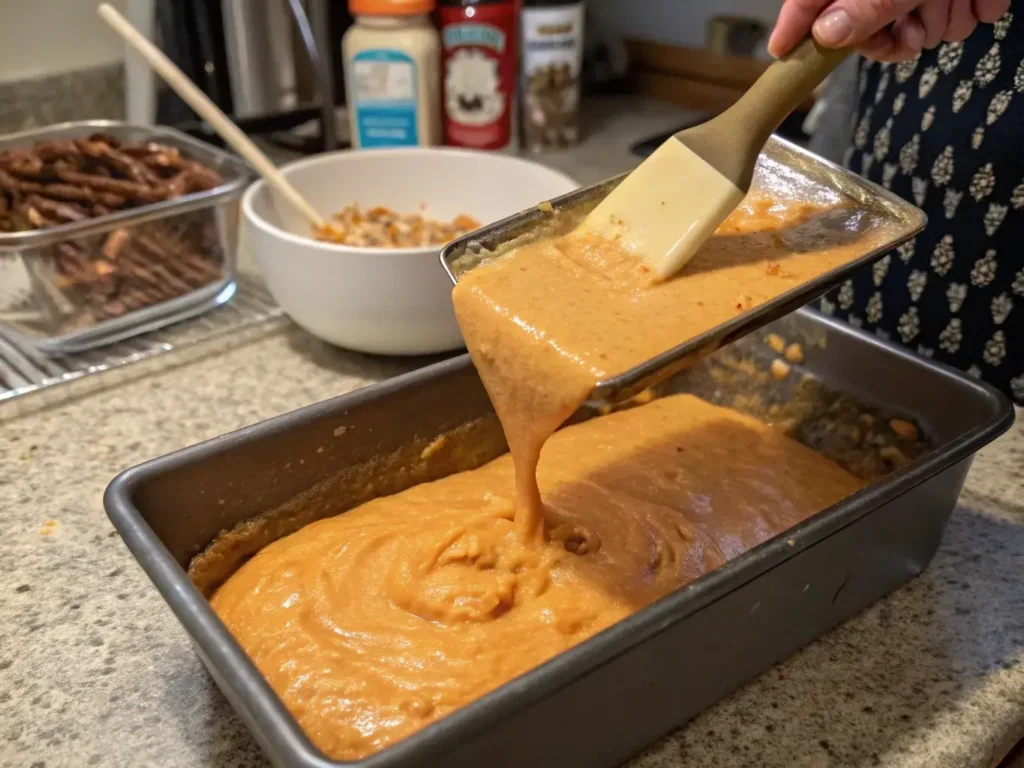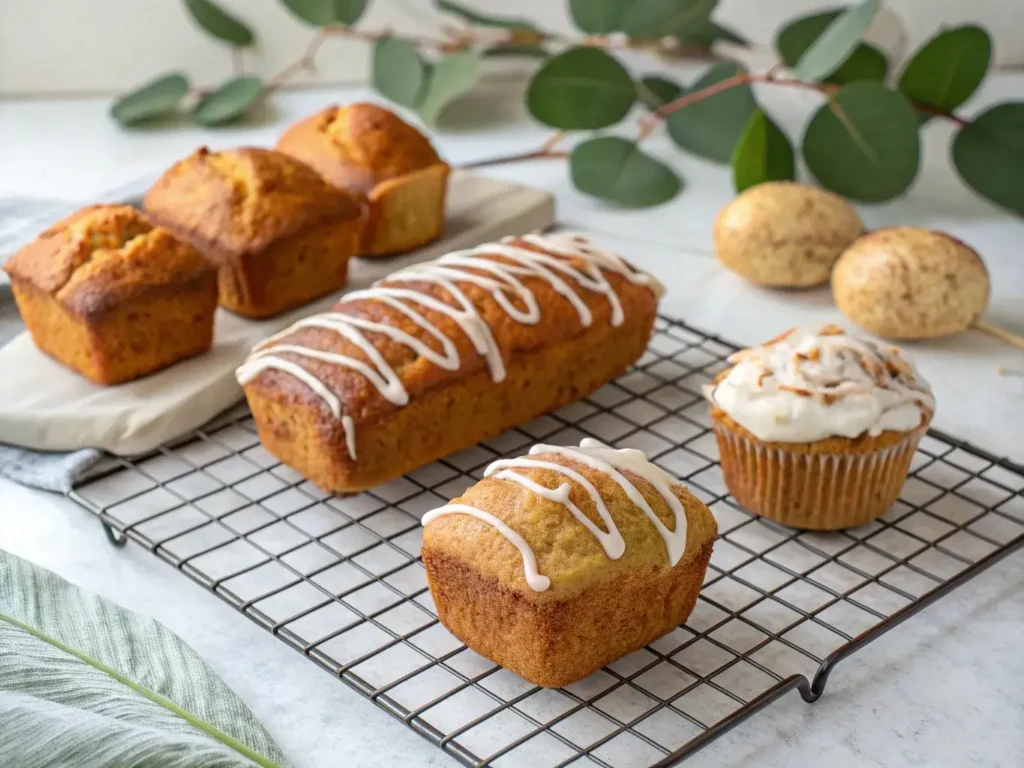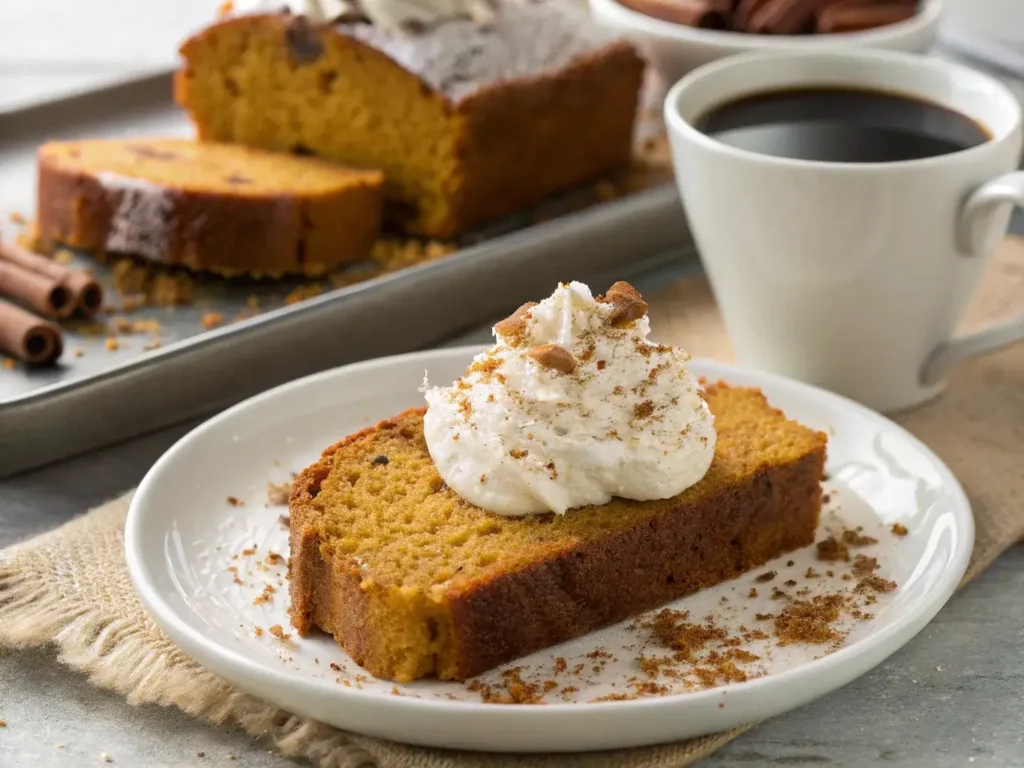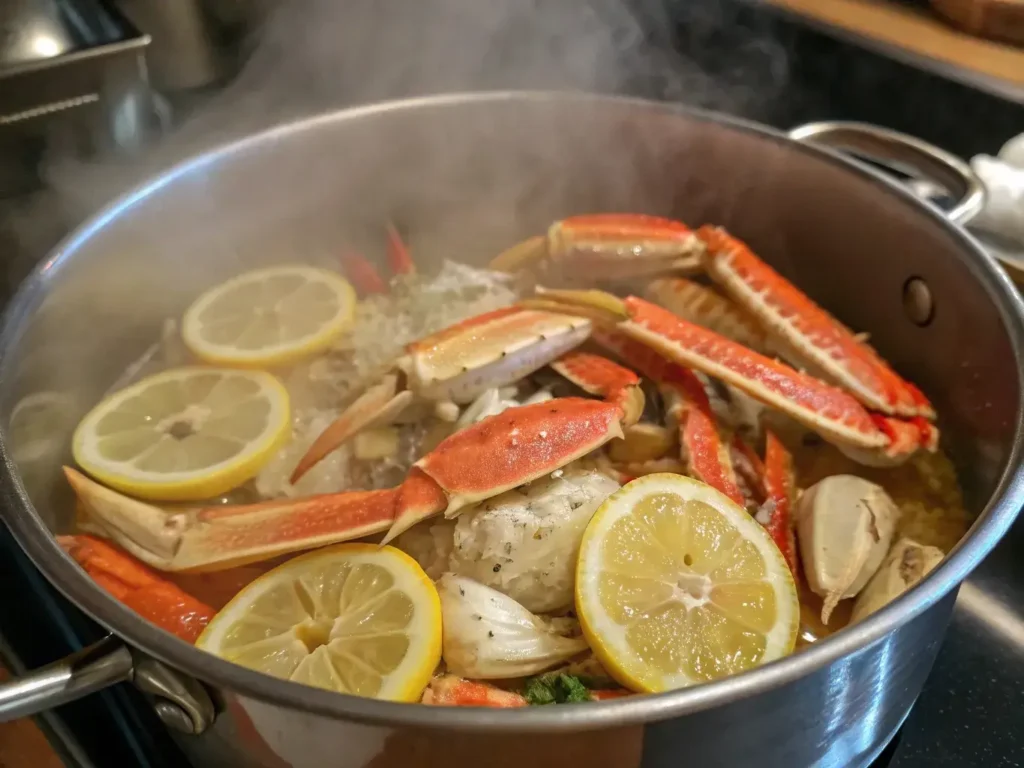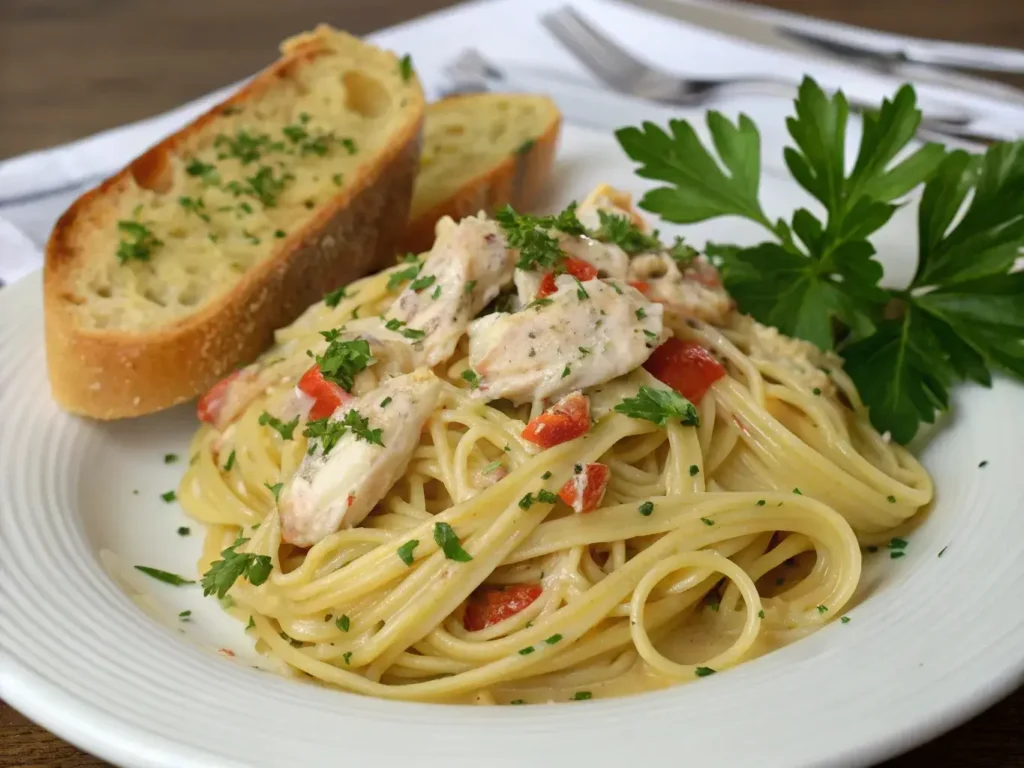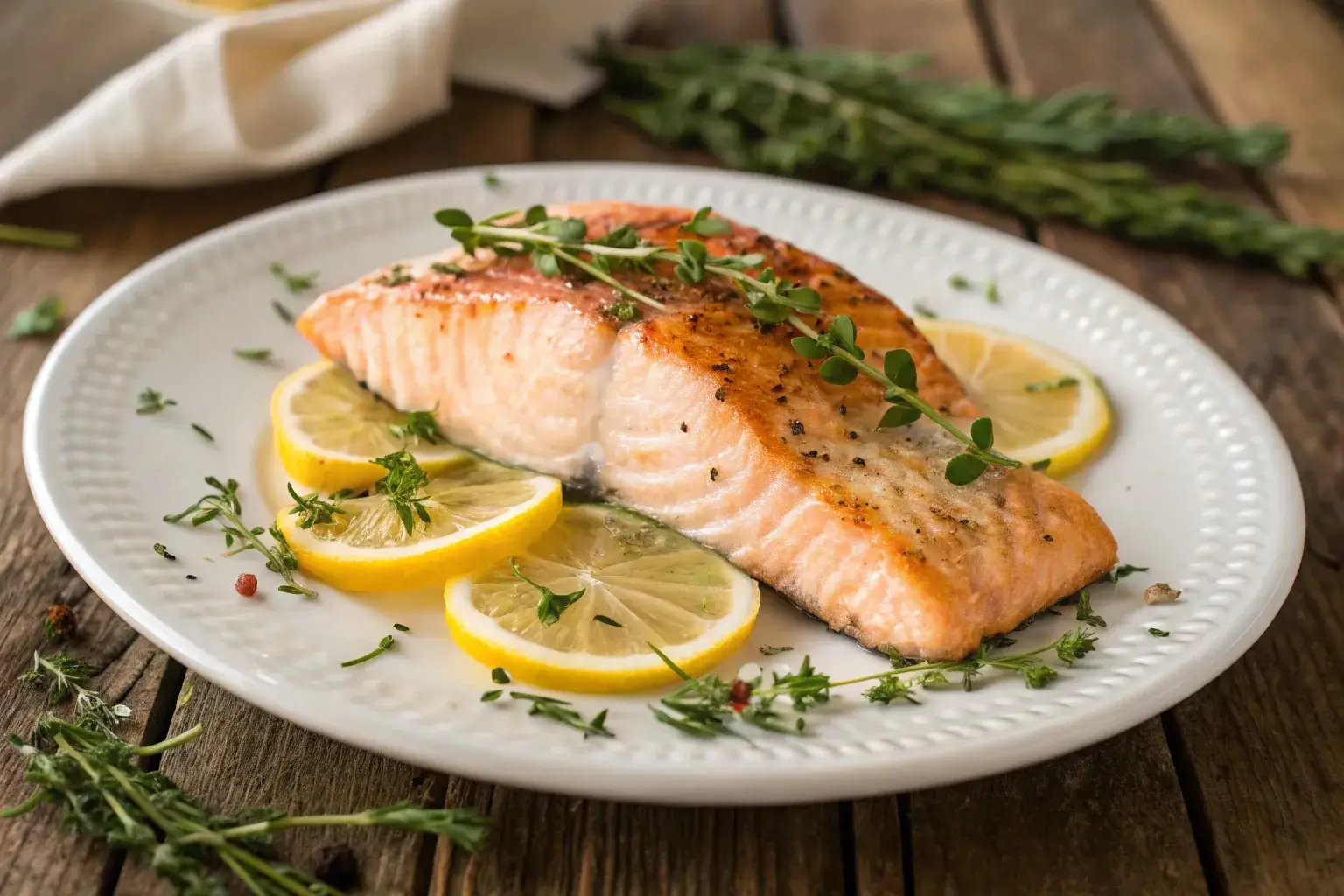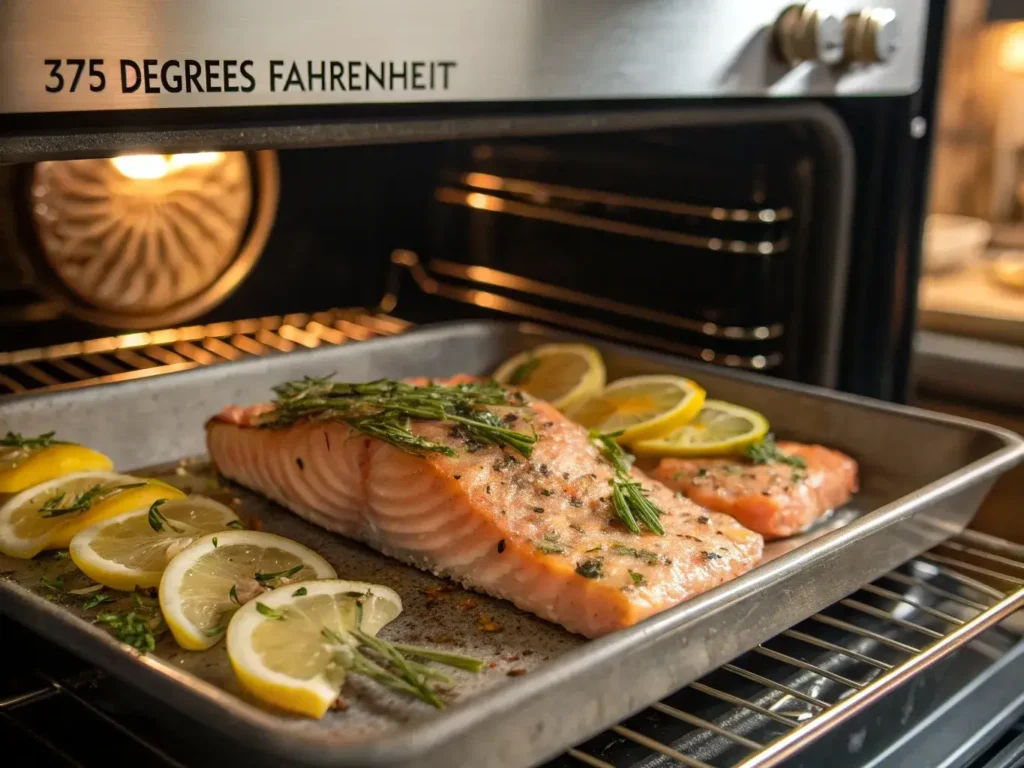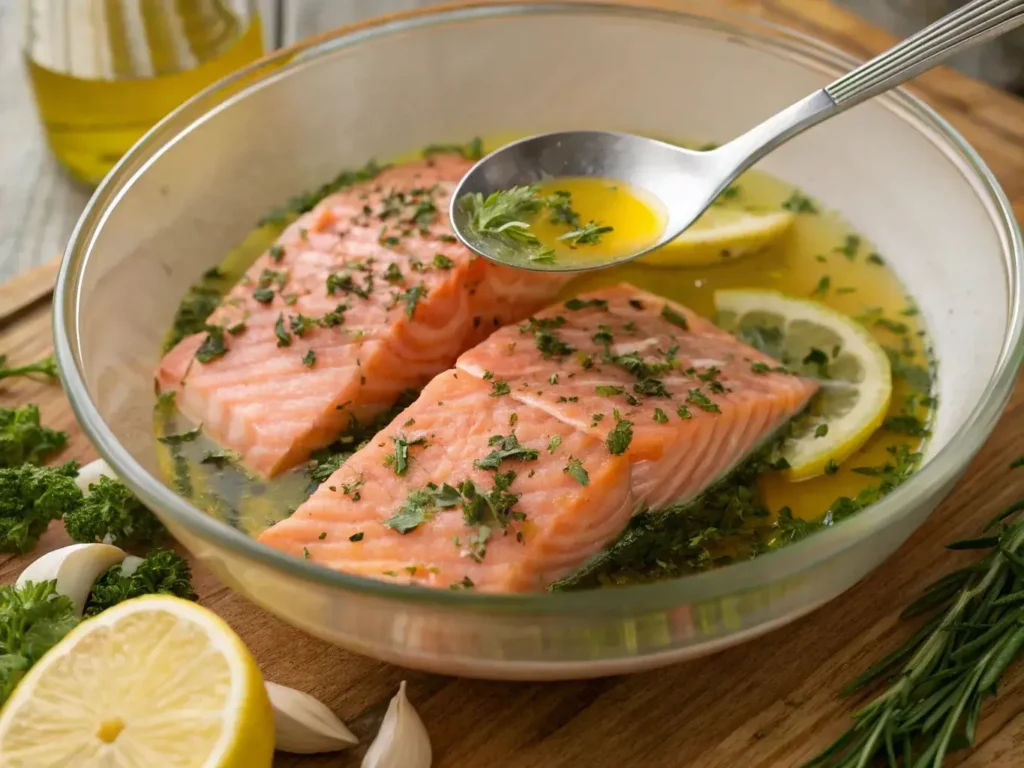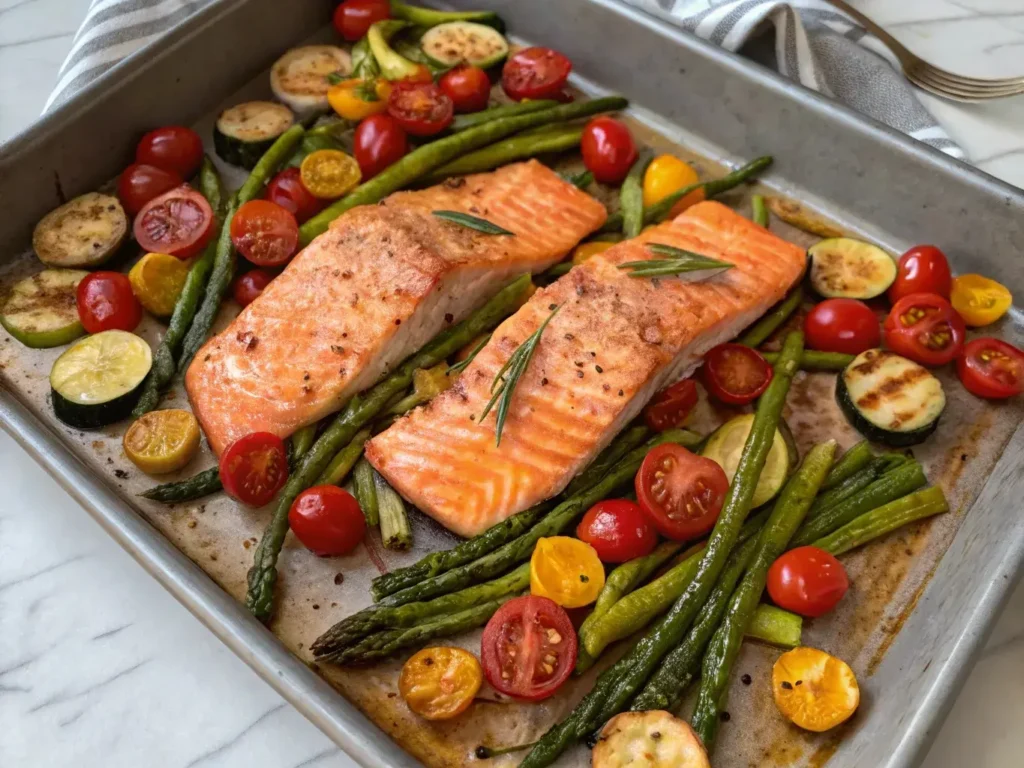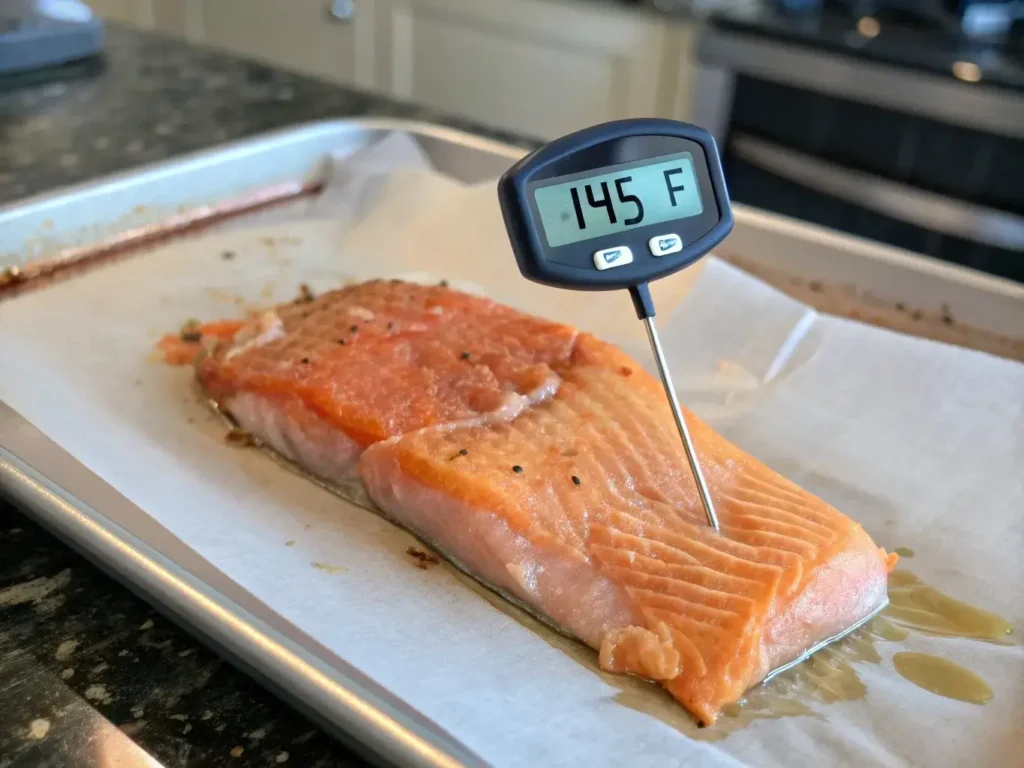If there’s one cheese that feels like a little luxury on your plate, it’s burrata cheese. This Italian masterpiece combines a soft mozzarella shell with a creamy center that spills out like a silky surprise when sliced. It’s versatile, too perfect in salads, as a pizza topping, or simply drizzled with olive oil.
What makes burrata cheese so special isn’t just its taste; it’s also the joy of crafting it yourself. Imagine pulling mozzarella curds into a delicate pouch and filling it with fresh cream it’s an experience as satisfying as the cheese itself. In this guide, we’ll walk you through everything you need to know about making your own burrata cheese. Trust us, it’s easier than you think, and the results? Absolutely worth it.
What Is Burrata Cheese?
Understanding Burrata: The Basics
Burrata cheese is a fresh Italian cheese known for its creamy, indulgent texture. At first glance, it looks like a ball of fresh mozzarella, but inside lies the magic—a soft, velvety center made of cream and shredded curds. This combination creates a flavor that’s both mild and rich, making burrata cheese a favorite among cheese lovers worldwide.
Unlike aged cheeses, burrata is meant to be enjoyed fresh. Its delicate flavor and luxurious consistency make it perfect for pairing with simple, high-quality ingredients. Whether drizzled with olive oil, served with tomatoes, or spread over warm bread, it’s a versatile addition to any table.
Why Burrata Cheese Is So Special
What sets burrata cheese apart from other cheeses is its unique construction. The outer layer, made from fresh mozzarella, provides structure, while the creamy interior offers a delightful contrast in both texture and taste. When sliced open, the center flows out like a rich, savory filling, creating a visual and culinary treat.
Its versatility adds to its appeal. From elegant appetizers to hearty main dishes, burrata cheese can transform even the simplest ingredients into a gourmet experience. Additionally, its short shelf life highlights its freshness, making it a rare treat when enjoyed at its peak.
How Burrata Differs from Mozzarella
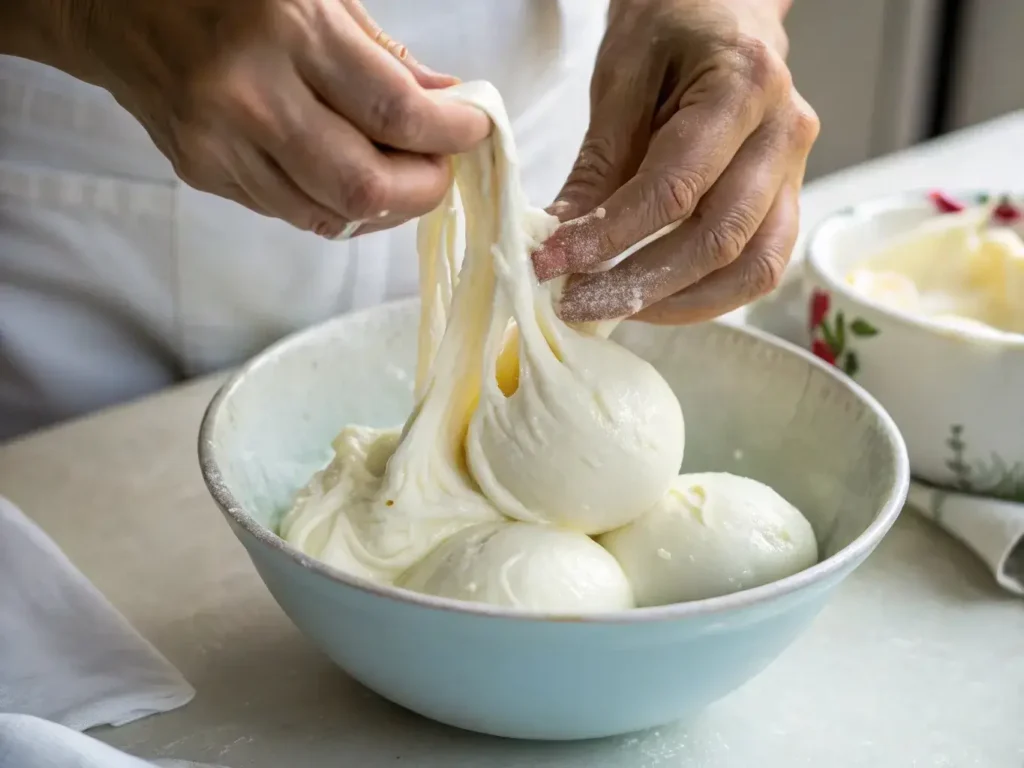
Although burrata and mozzarella are closely related, they are far from identical. Mozzarella, a semi-soft cheese, has a firmer texture and is commonly used in cooking. On the other hand, burrata cheese combines mozzarella with cream, giving it a softer, more indulgent consistency.
Mozzarella is often melted on pizzas or sliced for sandwiches, while burrata shines as the centerpiece of dishes where its creamy texture can be showcased. For example, a fresh tomato and basil salad comes alive when paired with the richness of burrata cheese. For a detailed comparison, visit this guide to mozzarella and burrata.
The Perfect Occasions to Serve Burrata Cheese
Burrata cheese is an ideal choice for special occasions, casual gatherings, or everyday meals. Its versatility makes it a star in both simple and elaborate dishes. Serve it as a centerpiece for a charcuterie board, or pair it with crusty bread and roasted vegetables for an elegant appetizer.
In addition, it’s a seasonal favorite. During the summer, burrata cheese pairs beautifully with ripe tomatoes, peaches, or arugula salads. In cooler months, it complements hearty pastas or roasted root vegetables, adding a touch of creaminess to warming dishes. No matter the season, burrata is always a crowd-pleaser.
How to Make Burrata Cheese at Home
Ingredients You’ll Need
Making burrata cheese at home starts with the right ingredients. The essentials include:
- Fresh mozzarella curds: These form the base of the cheese. You can purchase them from a specialty store or make them yourself.
- Heavy cream: This creates the creamy, luscious filling known as stracciatella.
- Whole milk: High-quality milk ensures a rich and smooth texture for the mozzarella.
- Rennet: This enzyme is crucial for curdling milk and forming the cheese.
- Salt: Enhances the flavor and preserves the cheese.
Each ingredient plays a vital role in achieving that perfect balance of firm outer shell and creamy center. For those seeking an extra layer of flavor, adding a dash of olive oil or herbs to the filling can create a personalized touch.
Equipment You’ll Need
To make burrata cheese, you don’t need professional tools—just some basic kitchen equipment:
- Cheesecloth: Used to drain the whey and shape the curds.
- Thermometer: Ensures precise temperatures during milk heating and curd formation.
- Mixing bowls: For holding curds, cream, and whey.
- Large pot: Used to heat milk and create the curds.
- Slotted spoon: Ideal for handling curds without breaking them.
While these tools are simple, their role in the process is essential. For beginners, a basic setup is sufficient, but as you refine your technique, you may want to invest in specialized cheese-making tools.
Step-by-Step Burrata Recipe
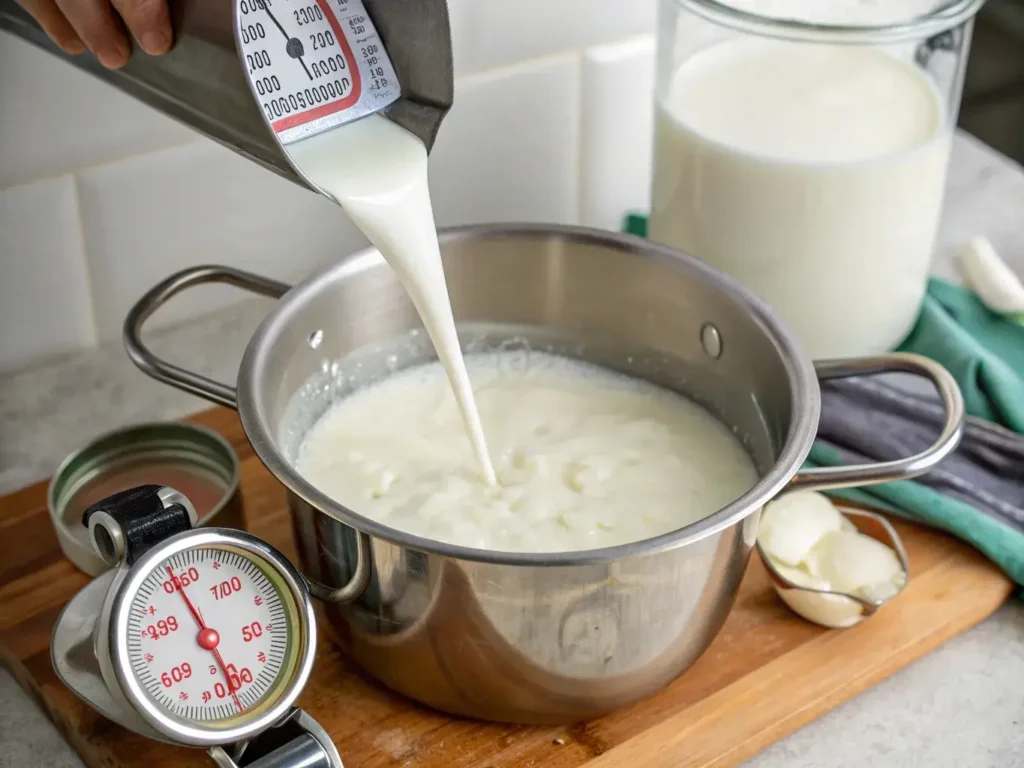
- Prepare the curds: Heat the milk to the required temperature (approximately 90°F), add rennet, and let it rest until curds form. This step creates the foundation for burrata cheese.
- Stretch the mozzarella: Once the curds are ready, stretch and knead them in warm water until smooth and pliable. This forms the outer shell.
- Make the filling: Mix shredded mozzarella with heavy cream to create the creamy stracciatella filling.
- Assemble the burrata: Shape the mozzarella into a pouch, fill it with the creamy mixture, and seal it carefully.
- Chill and enjoy: Let the finished burrata cool in salted water before serving.
Common Mistakes to Avoid
Making burrata cheese can be tricky, especially for beginners. Avoid these common pitfalls:
- Overheating the milk: This can cause curds to break down, leading to a gritty texture. Use a thermometer to maintain the correct temperature.
- Improper stretching: If the mozzarella isn’t stretched enough, the outer shell may tear during assembly.
- Watery filling: Drain the mozzarella thoroughly before mixing it with cream to prevent a runny filling.
- Skipping salt: Proper seasoning enhances the cheese’s natural flavor and ensures it’s not bland.
If you’re a fan of creamy cheeses, don’t miss our collection of Cottage Cheese Recipes for Wholesome Meals.
Creative Ways to Enjoy Burrata Cheese
Burrata as the Star of Salads
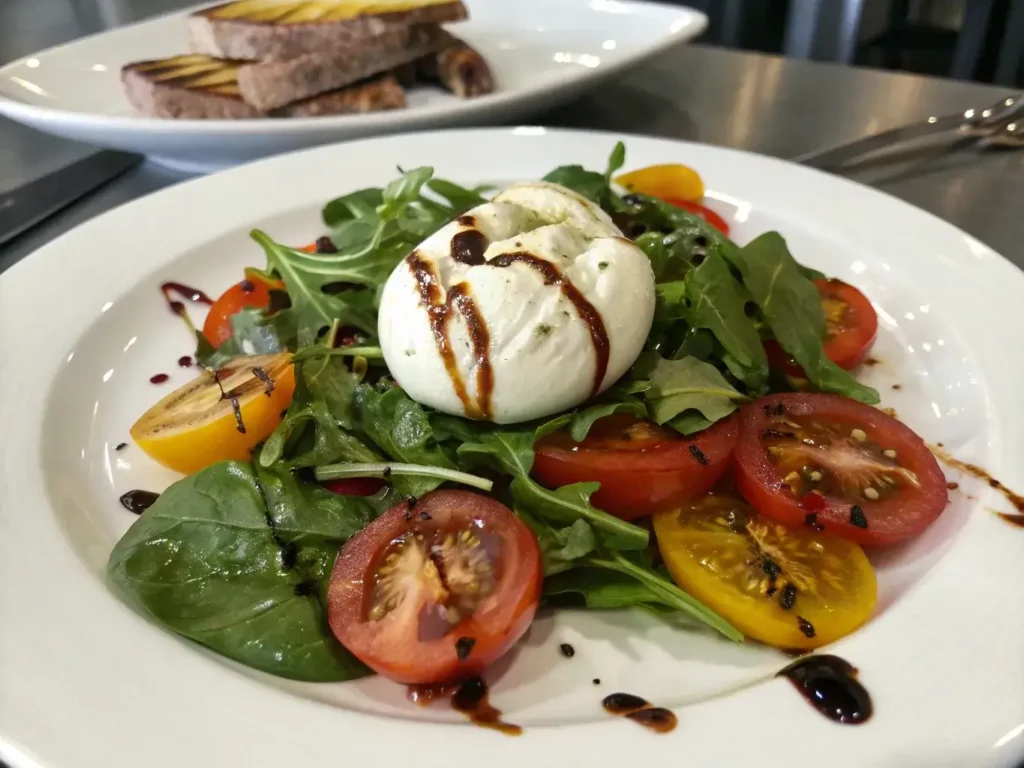
Burrata cheese shines brightest when paired with fresh, vibrant ingredients in salads. One classic pairing is with juicy, ripe tomatoes, fresh basil, and a drizzle of balsamic glaze a perfect match for the cheese’s creamy texture. For a seasonal twist, consider a peach and arugula salad topped with burrata, olive oil, and a sprinkle of sea salt.
During colder months, roasted vegetable salads with burrata add a warming and indulgent element. Think roasted beets or butternut squash tossed with mixed greens and finished with burrata. These combinations elevate simple ingredients to gourmet status, making burrata a versatile choice for salads all year round.
Using Burrata in Appetizers
When it comes to appetizers, burrata cheese is the ultimate crowd-pleaser. Its rich creaminess pairs beautifully with crusty bread or crackers. Serve it on a wooden board with sliced prosciutto, olives, and cherry tomatoes for an elegant yet easy antipasto.
Another idea is to use burrata as a topping for crostini. Spread a thin layer of garlic-infused olive oil on toasted bread, add a dollop of burrata, and finish with roasted cherry tomatoes or caramelized onions. These appetizers are simple to prepare but guaranteed to impress guests at any gathering.
Main Dishes Featuring Burrata Cheese
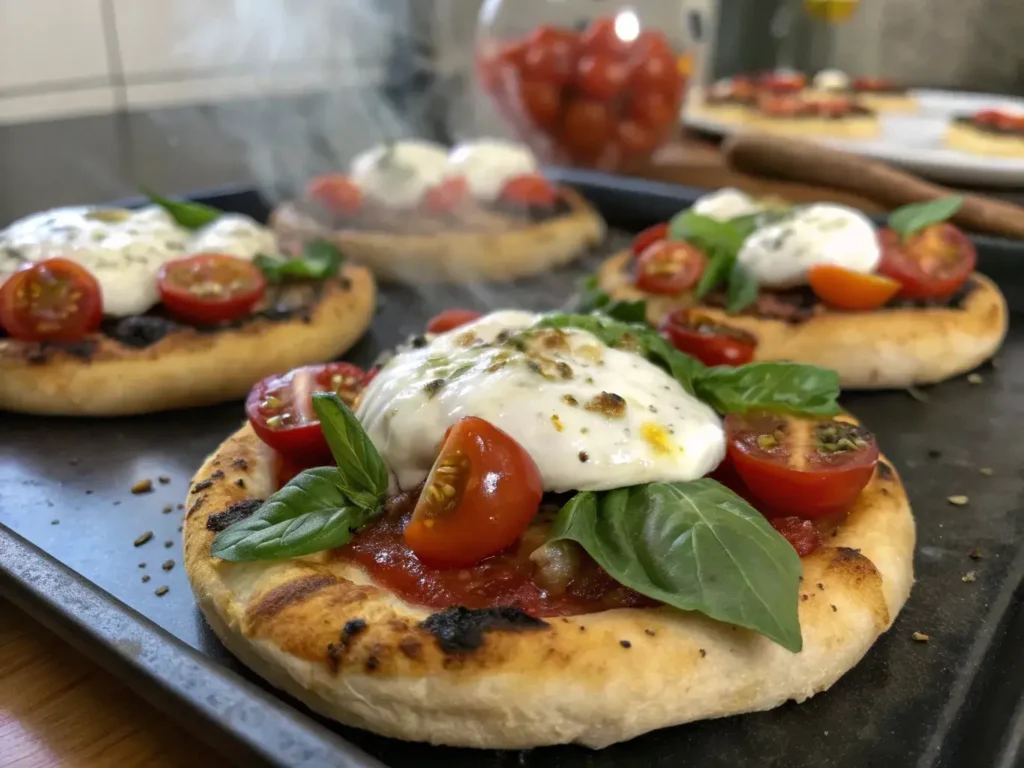
Burrata cheese isn’t just for appetizers—it can transform main dishes too. One of the simplest yet most luxurious ways to use burrata is as a pizza topping. Add it after the pizza is baked, letting its creamy center melt slightly over the hot crust.
For pasta lovers, burrata can replace heavy cream in sauces. Try tossing it with freshly cooked spaghetti, sautéed garlic, and a squeeze of lemon juice for a light yet decadent dish. It’s also a fantastic addition to risotto, lending creaminess without overpowering the delicate flavors of the dish.
Dessert Ideas with Burrata
While cheese in desserts might sound unusual, burrata cheese proves otherwise. Pair it with fresh fruit like figs, strawberries, or peaches, drizzled with honey or a balsamic reduction. This combination balances the richness of burrata with the natural sweetness of fruit.
For something more indulgent, use burrata in place of whipped cream alongside chocolate desserts. A dark chocolate cake or brownie served with a spoonful of burrata creates a unique flavor profile that’s both savory and sweet. Burrata in desserts is a surprising yet delightful twist on traditional pairings.
Tips for Serving and Storing Burrata Cheese
Best Practices for Serving Burrata Cheese
To truly enjoy the creamy decadence of burrata cheese, serving it correctly is essential. Always bring burrata to room temperature before serving; this ensures the creamy center is soft and at its most flavorful. Slice it gently to reveal the rich filling, allowing it to flow naturally over the plate.
Pair burrata cheese with simple ingredients that highlight its mild flavor. Drizzle it with high-quality olive oil and a sprinkle of flaky sea salt, or serve it with fresh bread and a side of ripe tomatoes. For a touch of sweetness, add a drizzle of honey or fig jam. The key is to keep the flavors balanced, so the burrata remains the star.
How to Store Fresh Burrata Cheese
Because burrata cheese is a fresh product, it has a short shelf life and requires careful storage. Keep it submerged in its liquid (usually whey or brine) and refrigerate it immediately after purchase. This helps maintain its moisture and creamy texture.
However, burrata is best enjoyed within 1-2 days of purchase. Beyond this, the quality begins to decline, and the creamy filling can lose its silky consistency. If you’re unable to finish it, try using the leftover burrata in recipes like pasta sauces or baked dishes, where its texture won’t be as noticeable.
Enhancing Burrata Cheese with Simple Additions
One of the easiest ways to elevate burrata cheese is by pairing it with complementary ingredients. For a classic Italian touch, top it with olive oil, fresh basil, and a splash of balsamic reduction. This simple combination enhances burrata’s creamy and slightly tangy profile.
For a more creative twist, sprinkle chopped pistachios or drizzle chili oil over burrata for a bold contrast. Pairing it with roasted vegetables, caramelized onions, or even grilled peaches can turn a simple dish into something extraordinary. These additions not only enhance the flavor but also bring texture and color to your presentation.
Common Mistakes to Avoid with Burrata Cheese
While burrata cheese is simple to serve, there are a few common mistakes to watch out for. First, avoid serving it too cold, as the creamy interior won’t reach its ideal texture. Always allow burrata to sit at room temperature for about 30 minutes before serving.
Additionally, don’t overwhelm burrata with overly strong flavors. Ingredients like spicy sauces or pungent dressings can mask its delicate taste. Instead, opt for light, fresh pairings that complement rather than compete with the cheese. Lastly, handle burrata gently to prevent tearing the outer shell, which can cause the filling to spill prematurely.
FAQs About Burrata Cheese
What is the difference between mozzarella and burrata?
While both mozzarella and burrata cheese originate from Italy, they are distinct in texture and composition. Mozzarella is a semi-soft cheese made from stretched curds, giving it a firm and elastic texture that’s perfect for melting or slicing.
On the other hand, burrata cheese has a soft mozzarella shell but is filled with a rich, creamy mixture of stracciatella and cream. This makes burrata much softer and more indulgent compared to mozzarella. While mozzarella is often used in cooking, burrata is best enjoyed fresh as its creamy interior is its defining feature.
How should burrata be eaten?
Burrata cheese is best eaten fresh and at room temperature to fully appreciate its creamy texture and delicate flavor. Start by slicing it gently to reveal the creamy center, allowing it to flow naturally. Pair burrata with simple ingredients like olive oil, sea salt, and crusty bread to highlight its richness.
For a more robust dish, you can serve it with fresh salads, ripe tomatoes, roasted vegetables, or even grilled peaches. Its versatility also makes it a great topping for pizzas or pastas. To create a sweet-savory balance, try pairing burrata with honey or balsamic glaze alongside fruit like figs or strawberries.
Is burrata a healthy cheese?
While burrata cheese is rich in protein and calcium, which are essential for strong muscles and bones, it’s also higher in fat and calories compared to other cheeses due to its creamy filling. A typical serving of burrata contains around 300 calories and 25 grams of fat, so moderation is key if you’re watching your intake.
That said, burrata can still be part of a balanced diet when paired with nutrient-rich ingredients like fresh vegetables, whole grains, or fruit. Enjoy it occasionally as a treat rather than a staple if you’re mindful of your health goals.
What is the closest cheese to burrata?
The closest cheese to burrata cheese is fresh mozzarella, as it forms the outer shell of burrata. However, mozzarella lacks the creamy interior that defines burrata. If you’re looking for a substitute with a similar texture and richness, consider ricotta or stracciatella, which can mimic burrata’s filling.
For a creative alternative, you can mix mozzarella and cream to achieve a similar flavor profile. While these substitutes can replicate some aspects of burrata, they won’t fully match its luxurious combination of firm and creamy textures.
Conclusion
Burrata cheese is more than just a culinary delight it’s an experience. With its firm mozzarella shell and luscious, creamy interior, it brings an indulgent touch to any dish, whether served fresh, paired with seasonal ingredients, or incorporated into main courses. From understanding its differences from mozzarella to learning how to serve and store it, this guide has covered everything you need to enjoy burrata to its fullest.
Whether you’re savoring it with a drizzle of olive oil and fresh tomatoes or experimenting with desserts and roasted vegetables, burrata offers endless possibilities. By making it at home, you can customize every detail and elevate your meals with this Italian classic. Now, it’s your turn to bring the magic of burrata cheese to your kitchen and table. Enjoy every creamy bite!

